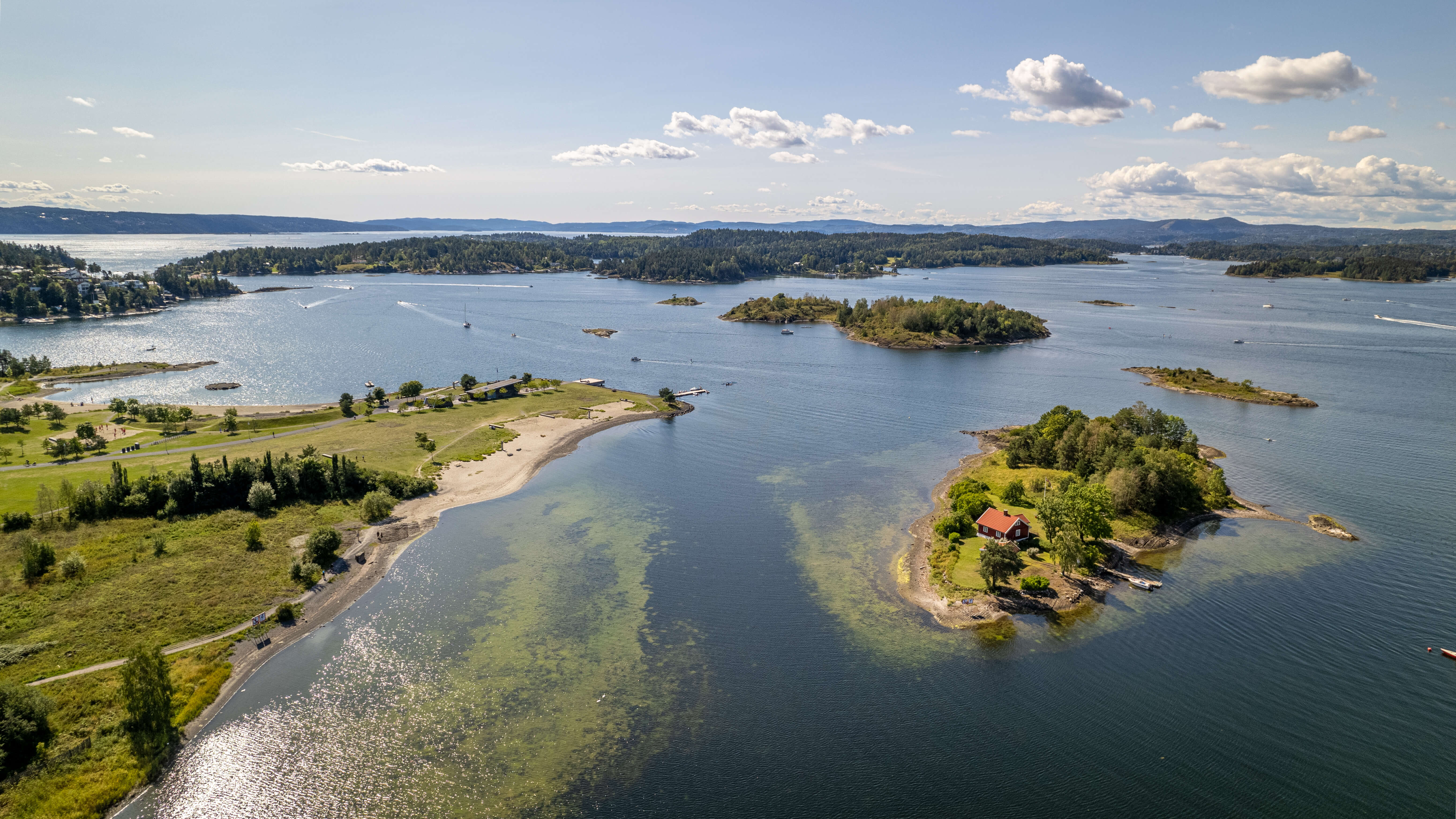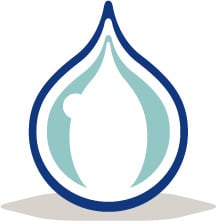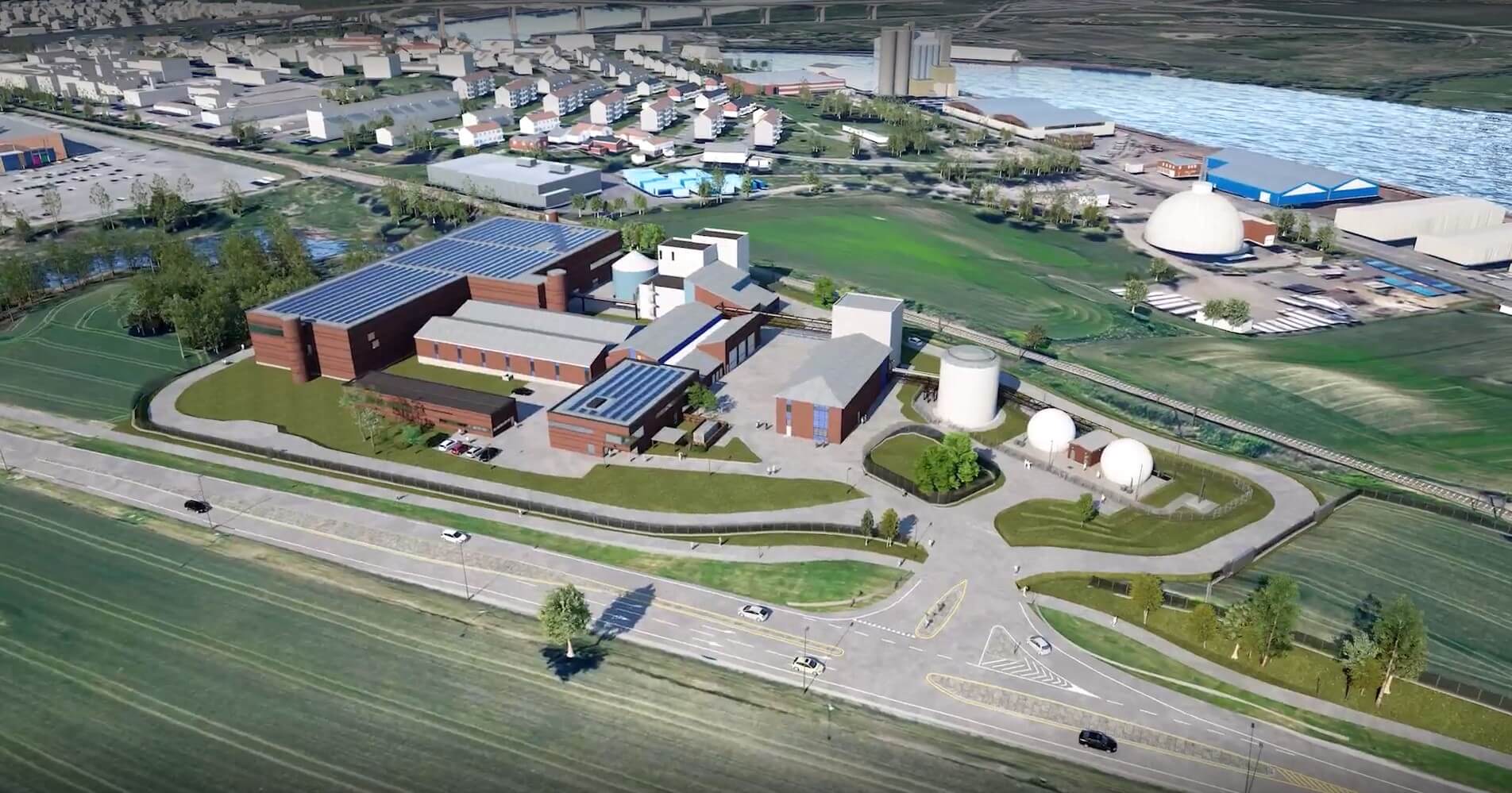Membrane filtration: finding treasure in wastewater treatment
A municipality in Norway is looking at wastewater treatment from a completely new perspective – with a strong focus on operational sustainability and as an opportunity to capture important raw materials for reuse and recycling.
DATE 2025-01-24
The Alvim treatment works in Sarpsborg, 88km south of Oslo, was built in the 1980s and processes sewage and wastewater from Sarpsborg Municipality and that of nearby Årum in Fredrikstad.
Population growth and ongoing business development, together with increasingly strict water-treatment regulations to combat rising nutrient levels in Oslo Fjord, prompted a need to futureproof the plant in terms of capacity and discharge water quality – but the municipal authorities haven’t stopped there.
“The Alvim treatment plant will become a high-tech ‘resource factory’ that meets relevant treatment requirements,” explains a spokesperson for the Sarpsborg Municipality. “We are no longer looking at wastewater as a problem but as a raw material for resource recovery. The new and upgraded Alvim treatment plant will not only clean sewage in a better way. It will also enable us to optimize the recycling and reuse key elements, such as nitrogen and phosphorus, to the benefit of people, animals, and nature. Also, the recovery of valuable resources will be done in a safer way so that they are looped back into use for e.g., fertilizers.”
The Sarpsborg Municipality decided on a membrane bioreactor (MBR) solution with membranes from Alfa Laval. Once completed, the expanded facility will have a service capacity of 105,000 people, equivalent at an average treated flow of 1,200 cubic metres per hour. It will be Norway’s first large membrane bioreactors (MBR) and the largest in the world, utilizing Alfa Laval's membrane technology.
“Concern over nutrient levels in water released into Oslo Fjord has prompted changes in legislation, and the region is looking hard at its wastewater treatment,” explains Alfa Laval’s Emmanuel Joncquez, Global Technology - Application Engineer. “The deciding factor for Sarpsborg Municipality was the quality of the effluent at the end of the MBR process – particularly regarding the removal of nitrogen and phosphorus.”
Sustainability was a key element, and to deliver on this, the upgraded plant will include several features, including solar panels, a micro power plant, and a heat pump. The plant will also use biogas to produce electricity and heat. In addition, chemical use will be minimized, and water transport infrastructure will be optimized. The aim is for the site to be self-sufficient in energy and heat, with any surplus offered to nearby industries, such as district heating. “One game-changing aspect relates to the removal of phosphorous from the wastewater by means of a biological process rather than chemical precipitation,” says Emmanuel.
“We will develop the Alvim treatment facility to meet all relevant requirements,” says a spokesperson at the Sarpsborg Municipality. “In the future, requirements for cleaning microplastics, drug residues, pesticides, and environmental toxins may become a reality. Furthermore, recovery of phosphorus and nitrogen, utilization of fossil-free energy in the form of biogas, recovery of heat in wastewater, as well as production of electricity will also be very important.”
In Europe, Switzerland is generally considered to be the most progressive country in terms of a policy response to the preservation of water quality, says Emmanuel. “We expect new EU regulations to step into force in 2024 with respect to the removal of micropollutants. So, this collaboration with Sarpsborg gives us important insight into how we can offer the best available technology to meet the challenge.”
EUR 8.2 million has been set aside to complete membrane filtration as part of the plant upgrade and expansion, and it is scheduled to be on stream in 2027.
Highlighted Technologies

Clean water
Alfa Laval’s membrane bioreactor enables Sarpsborg Municipality to meet new regulations for water quality in Oslo Fjord:
- Free of suspended solids
- 95 percent removal of phosphorus in the outlet
- 75 percent removal of nitrogen

Photo: Sarpsborg Municipality

